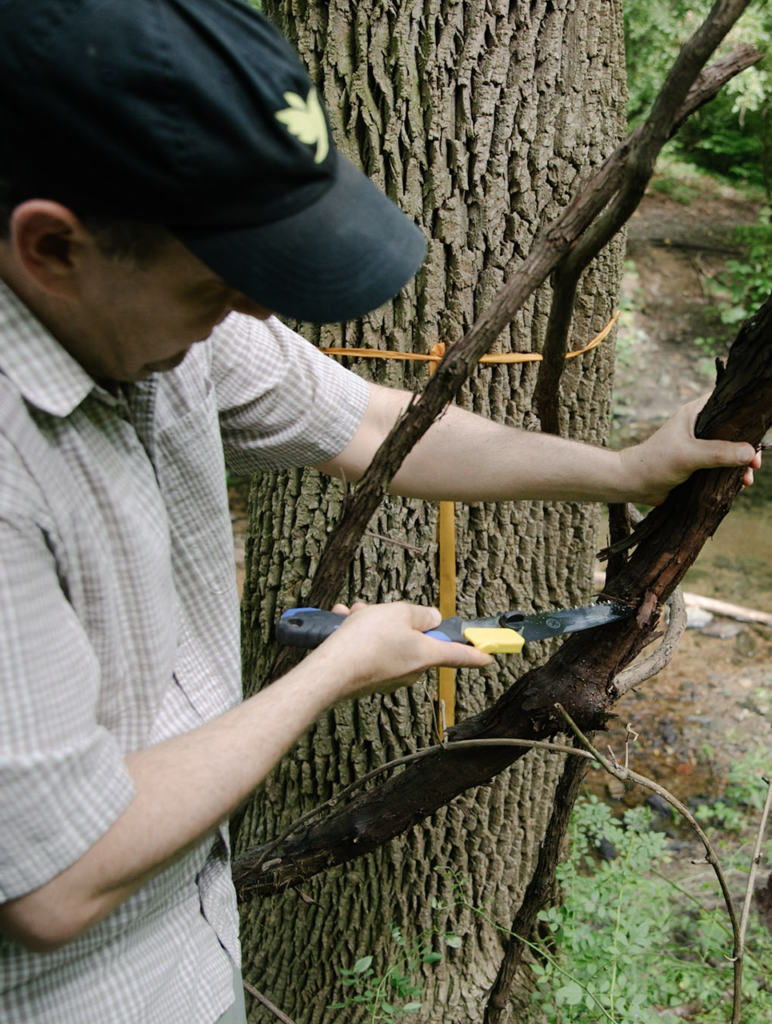Anyone who has raised children knows the frustration of watching a kid imitate your worst habits. Maybe you hear them swearing, exactly how you do. Maybe you tell them to get off their phone, and then they catch you checking yours under the table at dinner. Maybe you tell them to eat better, and you see them spooning ice cream directly from the carton, just like you did the night before. The Partnership for a Drug-Free America got it right in 1987: they learned it by watching you.
It is critical that we educate our children on the best ways to reduce our negative impact on the planet: how to reduce air pollution, how to produce food sustainably and how to build creative solutions to their problems, today and in the future. But kids won’t value nature if you never take them outside. Lessons about food waste are as good as garbage if you end up pitching the leftovers. And it is probably pointless to talk about the importance of fighting global warming while cranking up the thermostat in a large house, driving everywhere you need to go and flying halfway around the world for vacations.
The importance of example rather than words applies in public policy as well. It is hypocritical for politicians to talk about climate change resilience while greenlighting development projects that place Philadelphians in the path of future disasters. But as we’ve seen from decades of mismanagement, jobs for construction unions and the profits of wealthy developers trump the safety of citizens who live and work in flood-prone parts of the city.
Keep in mind that the same mayor, Michael Nutter, who started the Office of Sustainability in 2009, pushed hard to permit building on Venice Island 10 years earlier when he was on City Council. The City’s All-Hazard Mitigation Plan has for years clearly stated the importance of integrating disaster risk information into how we plan where to build. Goal 2.4 of the 2022 version of the plan reads, quite directly, “integrate hazard and risk information into land use planning decisions.” But elected officials have continually overruled the advice of planners and disaster experts who have tried to put those words into action.
Anyone who has raised children knows we only have so much influence over how they’ll turn out. Their genes are locked in at conception. They spend most of their day away from us in school, hanging out with their peers or staring at screens. Our consumer economy reaches its tendrils into their brains through brand placements and advertising with the nearly irresistible message to buy first and think later. And at some point they will leave the house and keep developing as humans even further from our influence.
In some ways cities are easier to shape. Zoning regulations and processes offer the levers to control who builds where. There is technically nothing preventing councilmembers from actually listening to the experts and wielding their councilmanic prerogative to prevent the construction of dangerous housing. Unfortunately, after years of examples to the contrary, we know what to expect, no matter what they say.
Bernard Brown, Managing Editor








